Apple cider vinegar (ACV), a kitchen staple and health elixir, is quickly becoming a skincare sensation. Far from just a salad dressing ingredient, this fermented juice of crushed apples holds remarkable properties that can help you achieve naturally glowing skin. If you're looking for simple, natural, and effective additions to your beauty regime, diving into the world of ACV might be your next best step. Discover the benefits of apple cider vinegar for skin and learn safe, effective DIY ways to incorporate it at home.
01What Is Apple Cider Vinegar and Why Is It Used for Skin?

Apple cider vinegar is made through a two-step fermentation process. Yeast and bacteria are added to apple juice to convert its sugars into alcohol, and then the alcohol is converted into acetic acid by bacteria. This acetic acid, alongside malic and lactic acids, is the powerhouse behind its efficacy. The "mother" — strands of proteins, enzymes, and friendly bacteria — often found in unpasteurised, unfiltered ACV, is believed to hold the most potent health benefits.
For the skin, ACV's gentle acidic nature (typically a pH of 2-3) is key. The skin's natural barrier, the acid mantle, should ideally be slightly acidic (around pH 5. 5). Many common soaps and products are alkaline, disrupting this balance. When used correctly and diluted, ACV helps to rebalance the skin's pH, reinforcing its barrier function, making it resilient, and aiding in achieving all the spectacular apple cider vinegar benefits for skin.
02Apple Cider Vinegar Benefits for Skin
Harnessing the power of ACV can transform your complexion. Here are the top benefits of apple cider vinegar for skin:
- Restores pH Balance:
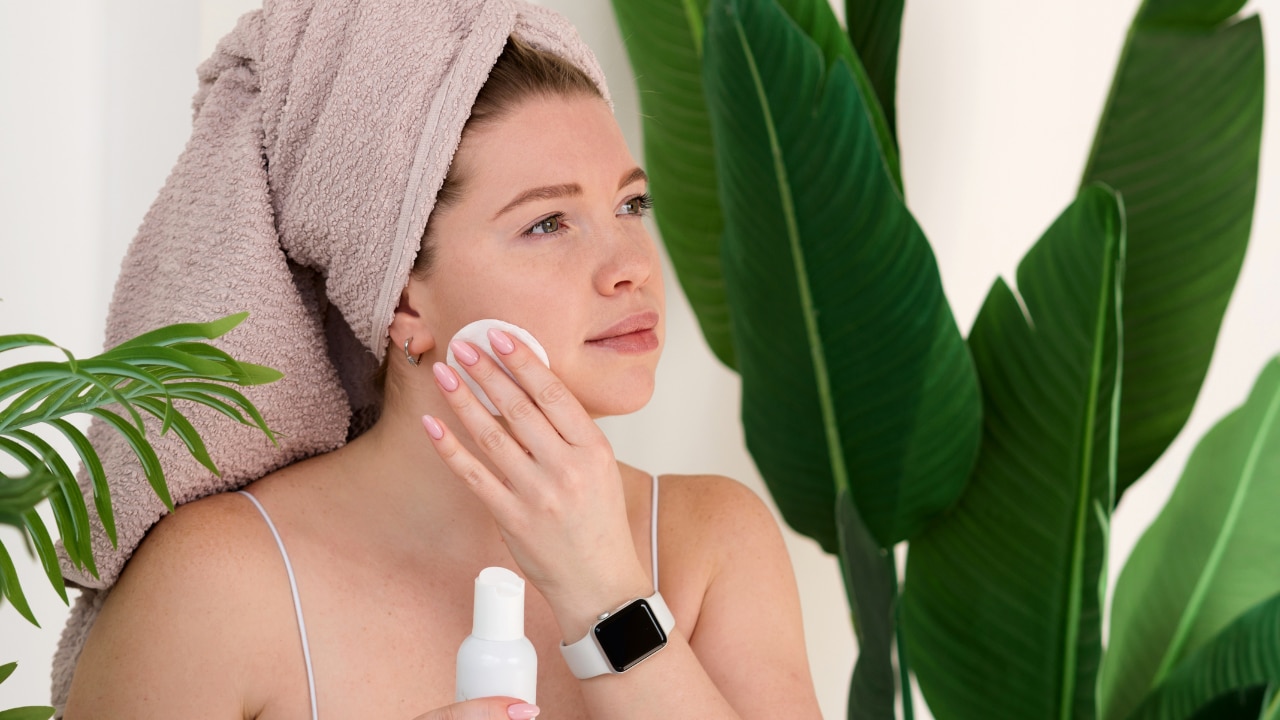
Helps bring the skin's natural pH back to its ideal, slightly acidic level, strengthening the protective acid mantle.
- Fights Acne and Breakouts:

The acetic, lactic, and succinic acids possess antibacterial and antimicrobial properties, making apple cider vinegar for acne a popular natural treatment.
- Gentle Exfoliation:
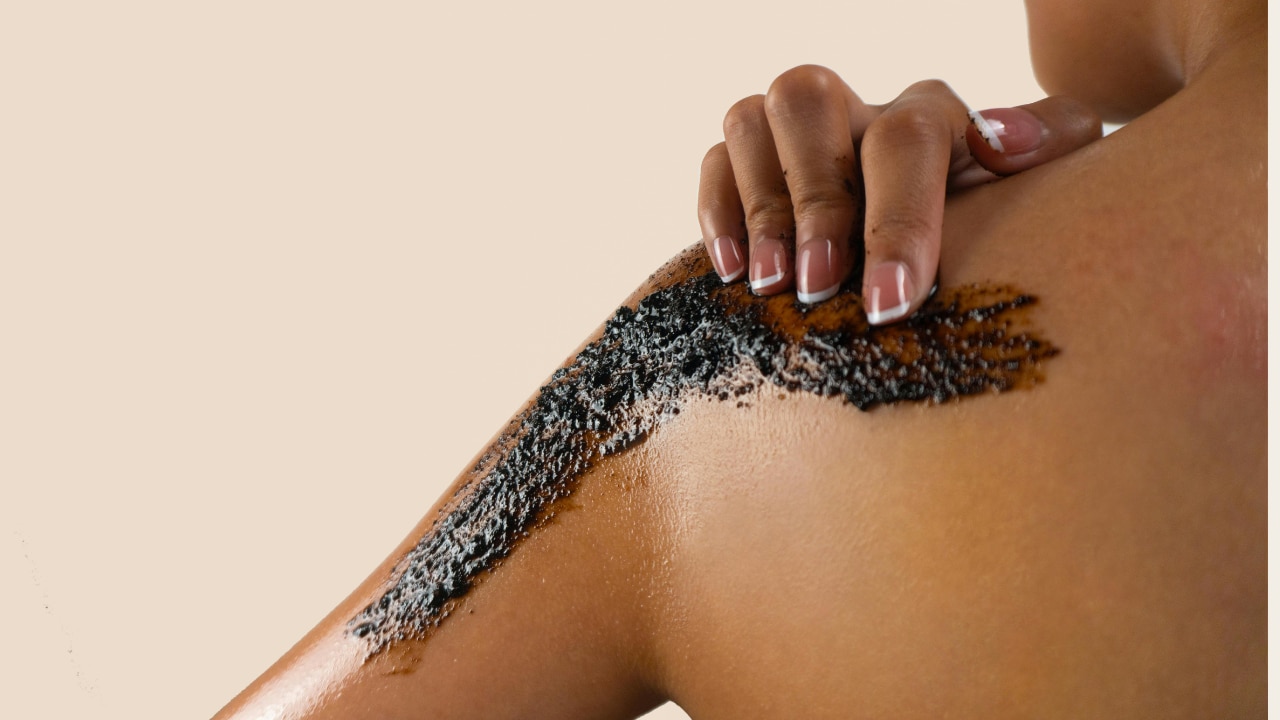
The malic and lactic acids act as natural alpha hydroxy acids (AHAs), gently dissolving dead skin cells and revealing brighter, smoother skin. This is a key reason for its reputation as a promoter of glowing skin.
- Soothes Inflammation:
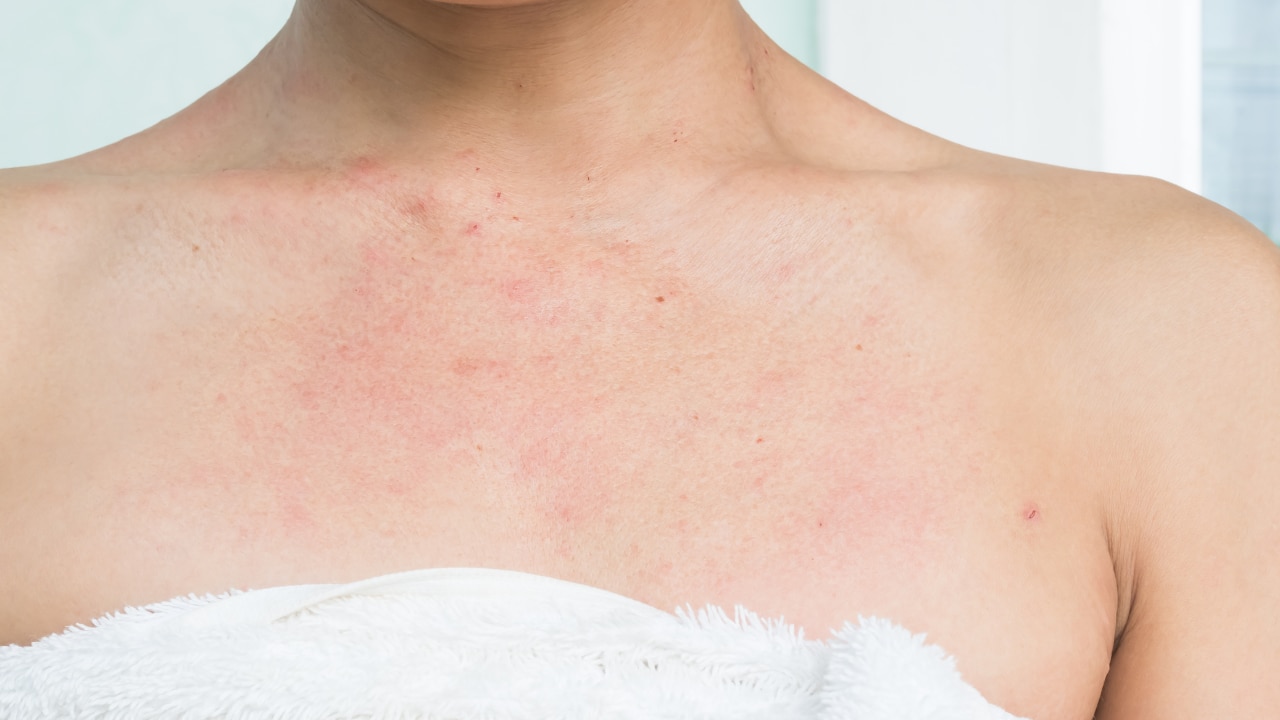
Its anti-inflammatory properties can help calm irritation, reduce redness, and soothe conditions like eczema and rosacea.
- Minimises Pores:

Acting as a natural astringent, ACV can temporarily tighten the skin and make pores appear smaller.
- Reduces Age Spots:

Regular, gentle use may help fade hyperpigmentation, including sun and age spots, contributing to a more even skin tone.
- Combats Oiliness:
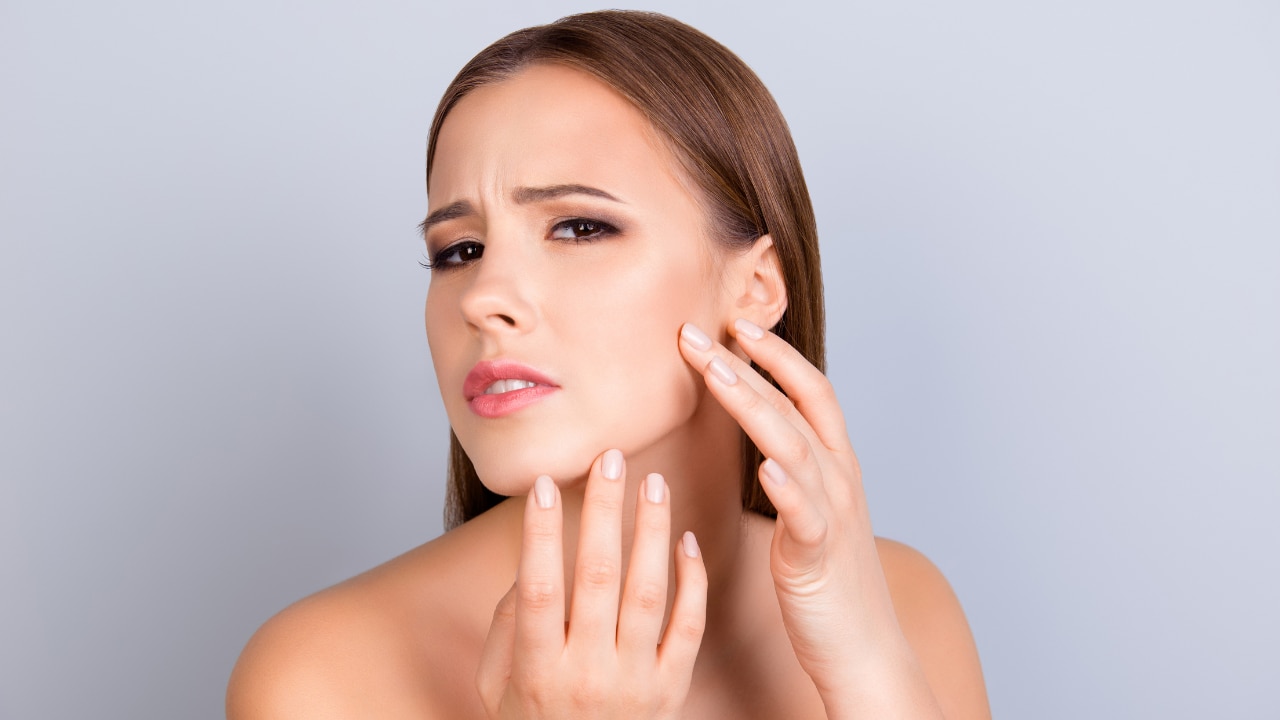
The astringent nature helps to control excess sebum production, making it a great ally for oily and combination skin types.
- Natural Cleanser:

When diluted, it's an effective, gentle, and non-toxic cleansing agent.
03How to Use Apple Cider Vinegar for Face: Safe and Practical Ways
The golden rule when learning how to use apple cider vinegar for skin is always dilute it. Never apply undiluted ACV directly to your skin, as it can cause irritation or burns. A starting dilution ratio is 1 part ACV to 3-4 parts water, but sensitive skin may need a ratio of 1:6 or even 1:10. Test a small, inconspicuous area first.
Here are simple, safe apple cider vinegar uses for skin you can try:
1. ACV Skin Toner (The Most Popular Use)
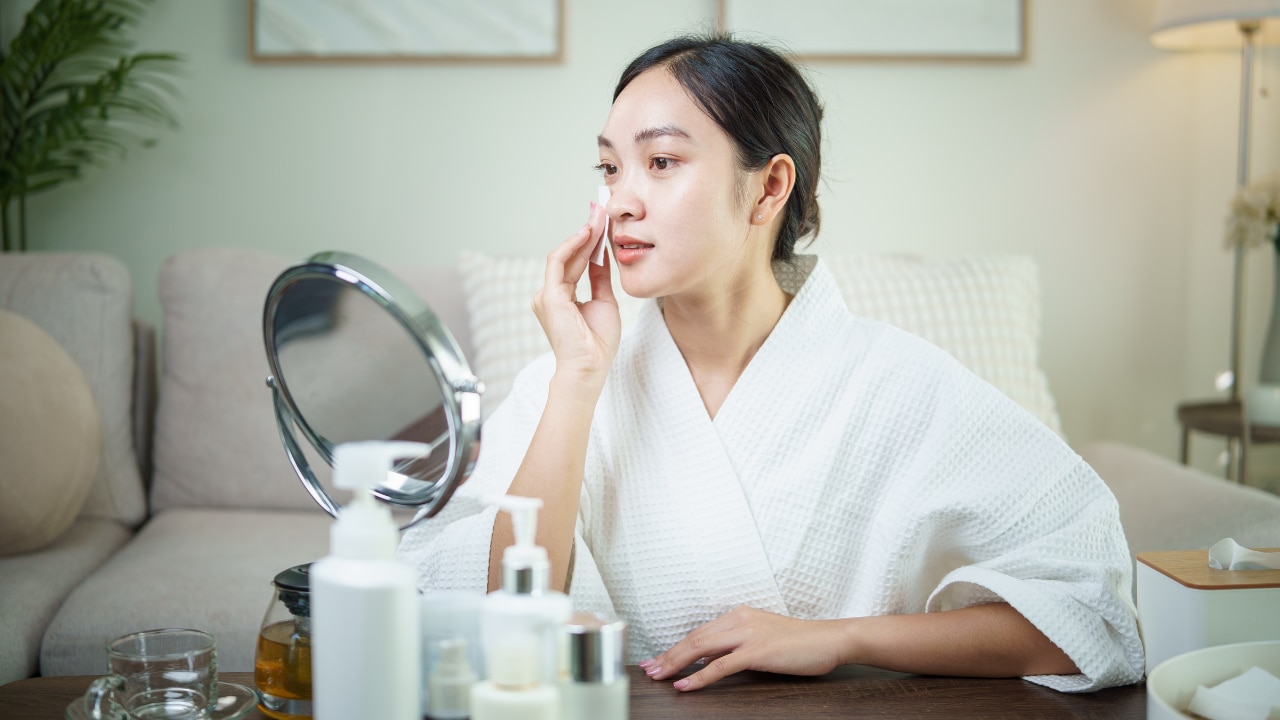
This is the most common and effective way to enjoy the apple cider vinegar benefits for skin.
- Dilution: Start with 1 part unfiltered ACV to 4 parts distilled or filtered water. Gradually increase the ACV ratio as your skin adapts.
- Application: After cleansing, soak a cotton pad with the diluted mixture and gently swipe it over your face, avoiding the eye area. Follow with your usual serum and moisturiser. Use once a day, perhaps in the evening.
2. Targeted Spot Treatment

For battling a stubborn blemish, apple cider vinegar for acne can be highly effective.
- Dilution: Mix 1 part ACV with 6 parts water.
- Application: Dip a cotton bud into the ultra-diluted mixture and carefully dab it directly onto the spot. Leave it on for 5-10 minutes, then rinse. Do this only once a day until the blemish subsides.
3. ACV Face Wash or Rinse
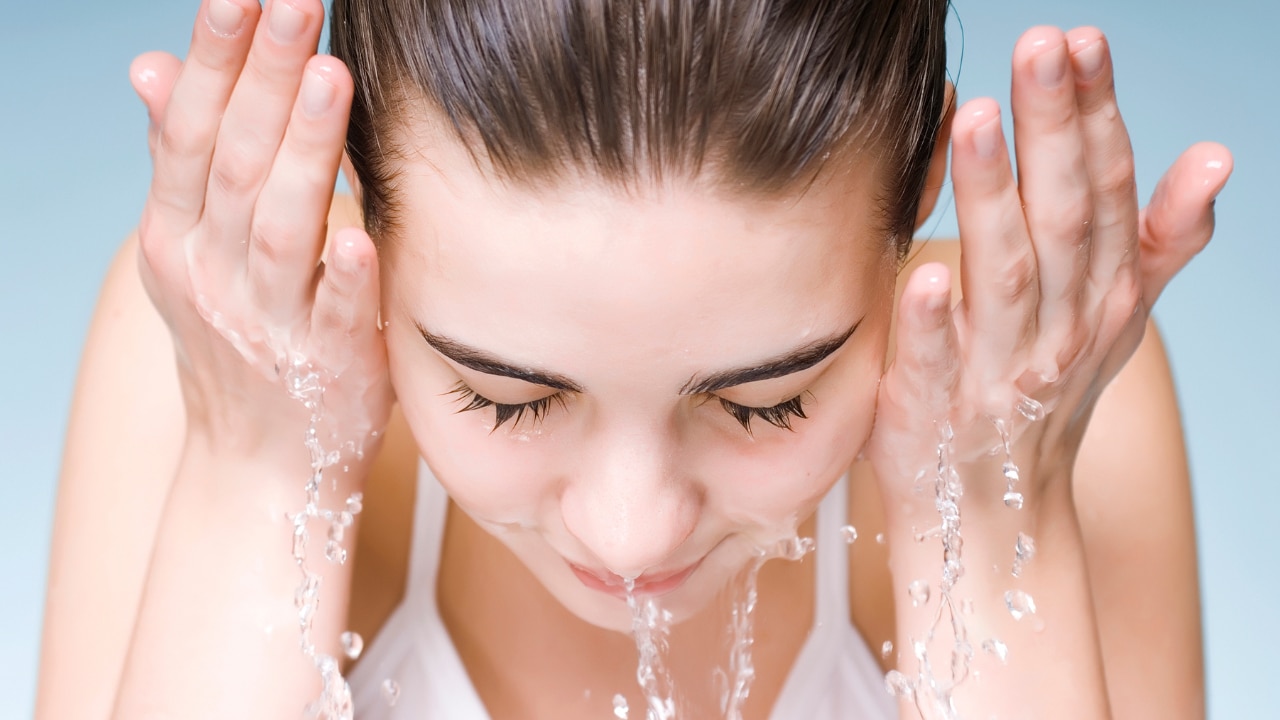
Some people prefer integrating ACV into their daily cleansing routine. You can either purchase a pre-made apple cider vinegar face wash containing ACV or make a simple rinse.
- Rinse Preparation: Add 1-2 teaspoons of ACV to about 125ml of water.
- Application: After cleansing with your regular, gentle cleanser, use the ACV rinse as a final splash. Pat your face dry, or let it air dry before applying other products. The smell dissipates quickly!
4. ACV Face Mask

For a deep cleanse and overall revitalisation, mix ACV into a simple clay mask.
- Ingredients: 1 tablespoon of bentonite or cosmetic clay, 1 teaspoon of diluted ACV (1 part ACV to 4 parts water), and enough extra water to form a smooth paste.
- Application: Apply to clean skin and leave for 5-10 minutes. Rinse thoroughly. This is a powerful treatment, so use it no more than once a week.
5. Natural Exfoliant

The gentle AHAs in ACV make it an excellent natural chemical exfoliant.
- Usage: Use the ACV toner (as described above) 2-3 times a week. The exfoliating action happens naturally as you apply the toner, helping to prevent the build-up of dead skin cells that cause dullness.
04Who Can Use Apple Cider Vinegar on Skin?
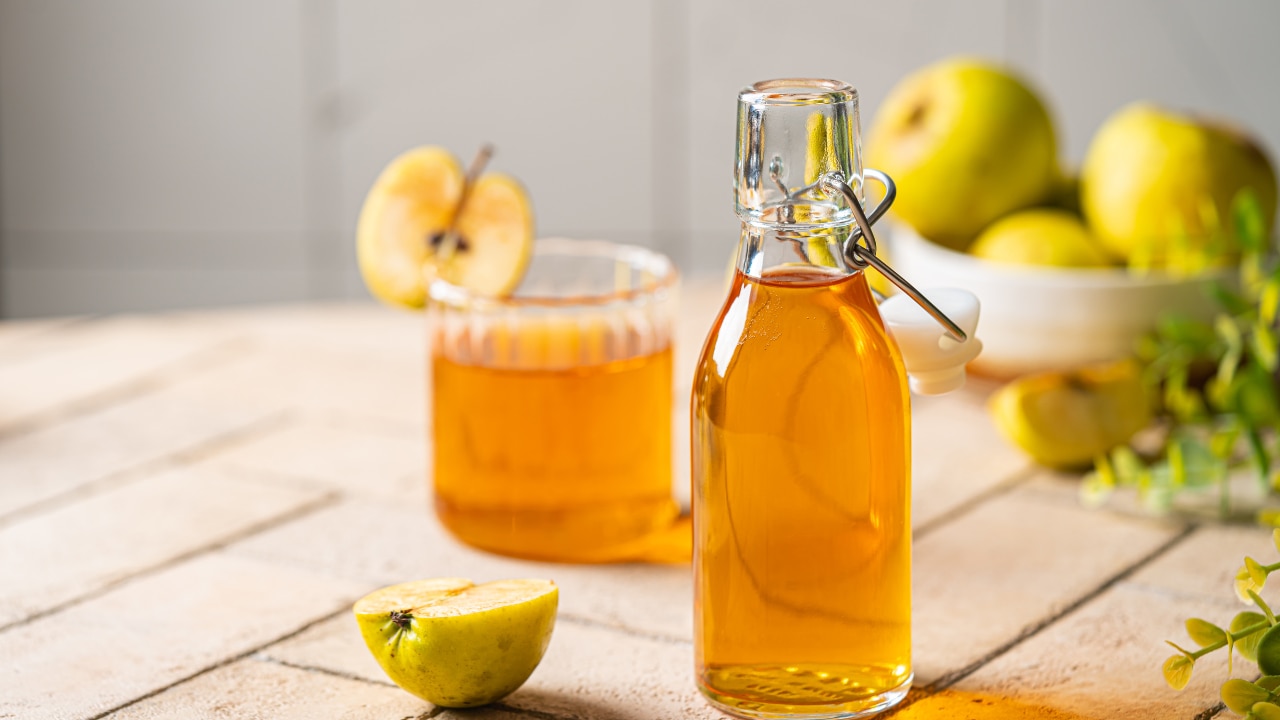
Apple cider vinegar for face treatments is particularly well-suited for a few specific skin types and concerns:
- Oily and Acne-Prone Skin: Its ability to reduce oil, fight bacteria, and unclog pores makes it a top choice for those struggling with breakouts.
- Combination Skin: It can help balance the differing needs of combination skin, treating oilier areas without overly stripping dry patches (when used with care).
- Those with Hyperpigmentation: Individuals looking to fade dark spots and achieve a more even complexion will appreciate its gentle exfoliating properties.
Caution: Very sensitive or extremely dry skin should approach ACV with extreme caution, always using a highly diluted solution and patch-testing first. If you have any open wounds, broken skin, or severe skin conditions, consult a dermatologist before use.
05Pairing ACV with a Healthy Skincare Routine
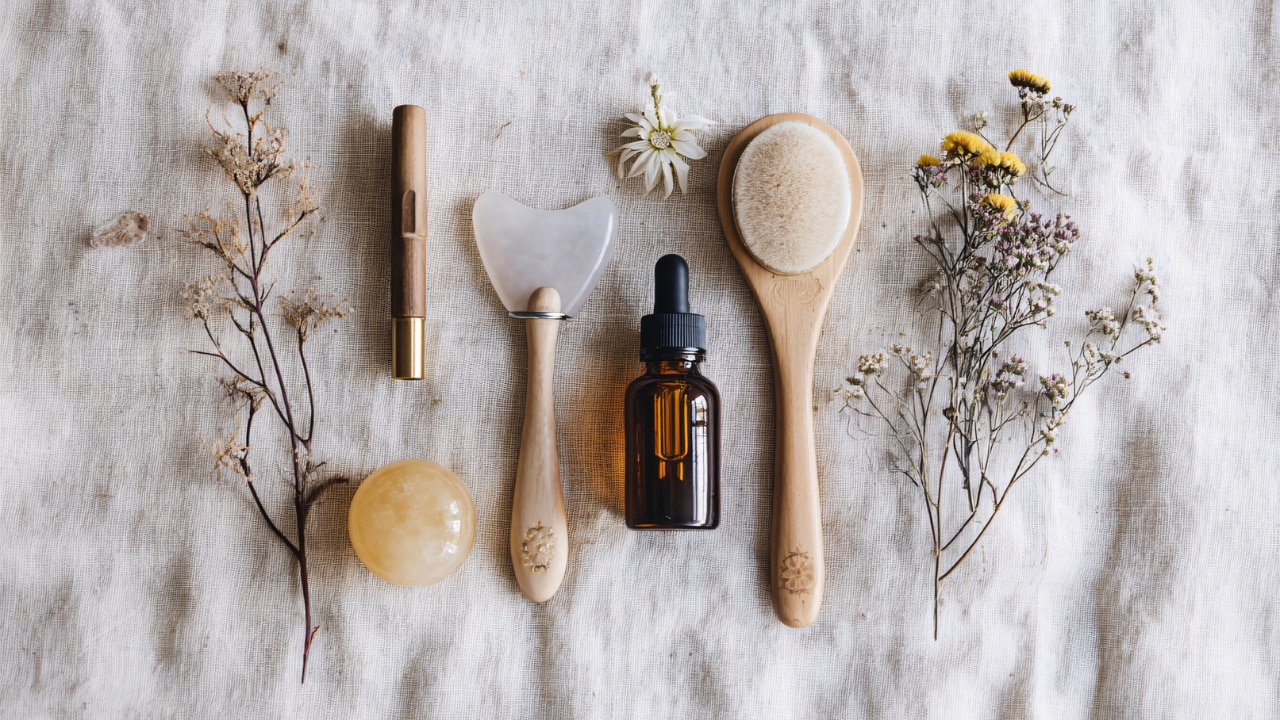
ACV should complement, not replace, a comprehensive skincare routine. Pair your ACV treatment with supporting products for maximum benefit:
- Gentle Cleanser: Always start with a mild, non-stripping cleanser before applying your ACV toner or rinse.
- Hydrating Serums: After toning, apply serums containing ingredients like hyaluronic acid or niacinamide to replenish moisture and soothe the skin.
- Moisturiser: Follow up with a good-quality, non-comedogenic moisturiser to lock in hydration and support the skin barrier.
- SPF (Crucial): Because ACV contains AHAs that increase sun sensitivity, applying a broad-spectrum sunscreen every morning is absolutely essential.
06Conclusion
The natural glow promised by apple cider vinegar for skin is an attainable reality. By understanding its potent properties, adhering to safe dilution practices, and integrating it wisely into your daily regime, you can unlock a host of apple cider vinegar benefits for skin. From combating breakouts as a natural apple cider vinegar for acne remedy to refining your texture with a simple toner, ACV is an accessible and powerful natural addition to your quest for naturally beautiful skin.
07FAQs
Q: Can I leave ACV on my skin overnight?
A: It is generally not recommended, especially when starting out. The acidic nature could lead to irritation. It is best used as a rinse or a brief, diluted toner, followed by rinsing or neutralising products (like a moisturiser).
Q: Does ACV expire?
A: Unpasteurised ACV (with the mother) has a long shelf life, but it should be stored in a cool, dark place. The "mother" may continue to develop, which is normal.
Q: Should I use 'with the mother' ACV?
A: Yes, the unfiltered ACV with the 'mother' is generally preferred for skincare as it retains the beneficial enzymes, proteins, and bacteria.








